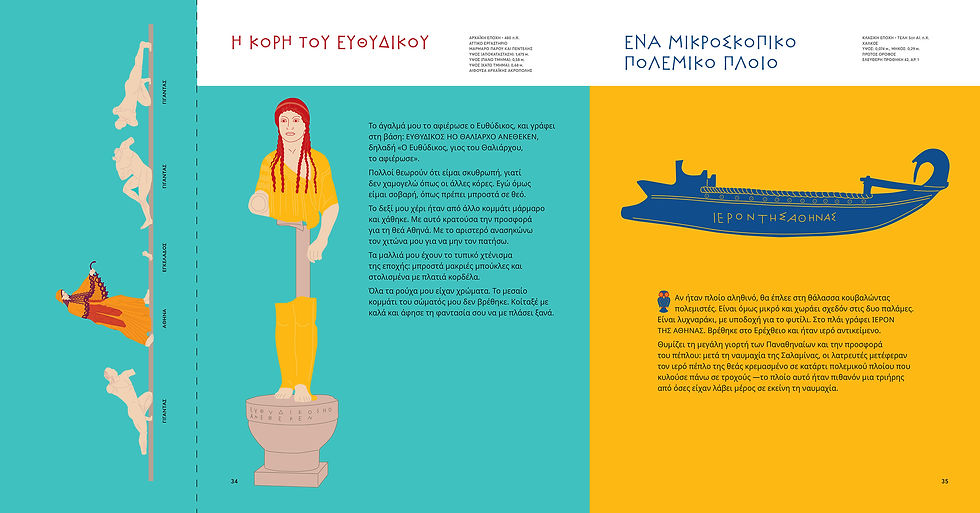Specifications
2 vols. in French with summary in German, English and Greek
288 pages
numerous b/w illustrations
paperback, 22 x 30 cm
Description
The ancient city of Eretria (Euboea, Greece) began to grow during the Early Iron Age, more precisely in the first half of the 8th c. BC. At the same time, a sanctuary was established in the middle of the settlement. Originally centred on an altar, it expanded successively with the construction of various buildings, among which a monumental edifice that is considered as one of the earliest urban temples of the Greek world. Religious practices carried on within the sacred area diversified progressively: animal sacrifices and banquets are attested since the outset, whereas votive offerings and the use of ritual vases make a later appearance. The local elite occupied a central place during the ceremonies, among which certain where meant to incorporate youngsters into adulthood. Together with other cult places of the Greek world, the sanctuary of Eretria illustrates the prominent role of religion in the formation of the Greek city-states.
As far as the Geometric period is considered, the identity of the god that was worshipped in the sanctuary of Eretria cannot be accounted for with certainty. Nevertheless, a continuity in cult that is manifest in the construction of several successive temples suggests that it was already Apollo Daphnephoros, a god of the foremost importance for the Eretrian city during its later history.
In the absence of written testimonies, archaeology is the only source of information about the development of the Sanctuary of Apollo during the Geometric period. Based on a thorough analysis of the available evidence, the present research aims at presenting a synthesis of the Swiss excavations that were carried out onsite between 1964 and 2003 as well as a critical review of their interpretations to date.
Contributions by specialists give further insight into faunal remains (S. Huber, P. Méniel and T. Theodoropoulou), seed assemblage (E. Margaritis) and gold refining (N. D. Meeks and P. T. Craddock).The book was awarded the Thorlet Medal by the French Académie des Inscriptions et Belles-Lettres in 2014.
For additional information pls visit https://www.esag.swiss/publications/
Author
Samuel Verdan holds a PhD degree from Lausanne University. He directed the excavations in the Sanctuary of Apollo at Eretria between 1998 and 2003. He is currently a Research Associate at the Swiss School of Archaeology in Greece. He has published several books and articles about Early Iron Age Greek society and pottery.
top of page
Related Products
bottom of page


























